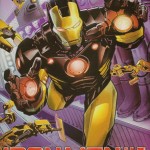 A fabulously charming, billionaire, genius playboy walks into a bar with a hot air-headed blonde and a cold drink. The playboy says, “I have a lust for life that, when viewed from a distance is almost indistinguishable from a death wish.” The punchline? The cold drink is water because the playboy is an alcoholic, so he has to tolerate the blonde while sober. Also: the scene is drawn by Greg Land.
A fabulously charming, billionaire, genius playboy walks into a bar with a hot air-headed blonde and a cold drink. The playboy says, “I have a lust for life that, when viewed from a distance is almost indistinguishable from a death wish.” The punchline? The cold drink is water because the playboy is an alcoholic, so he has to tolerate the blonde while sober. Also: the scene is drawn by Greg Land.
Iron Man #1 is written by Kieron Gillen. He is a man who knows his way around a solid, nuanced story, as anyone who has his recent work on Journey Into Mystery can attest. However, Iron Man #1 – titled “Demons And Genies”- appears to be, at the outset, more concerned with reestablishing plot points from earlier stories, such as “Demon In A Bottle” and “Extremis”, than breaking any new ground. So, yup – not a reboot. If anything, it’s taking Warren Ellis’s “Extremis” story and reminding the readers, “Hey, remember when storylines were fresh, new, and exciting? This isn’t one of those times. But don’t sweat it reader! We’ve got an app to fix that. Just view the selected panels through your smartphone using our Augmented Reality program and you’ll forget that what you’re reading breaks absolutely no ground at all!”
Probably not a good thing, right?
More blasts from the past, and spoilers, after the jump.
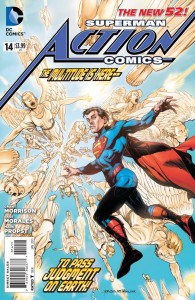
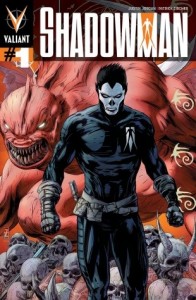
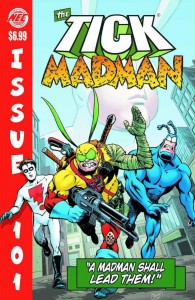
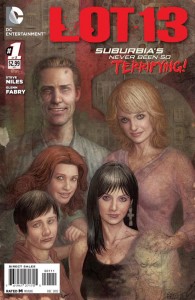
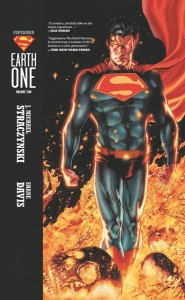
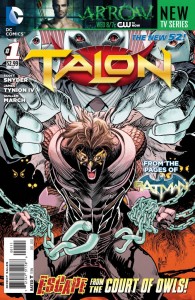
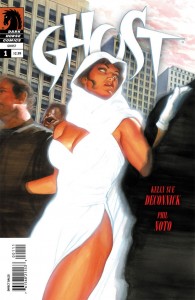
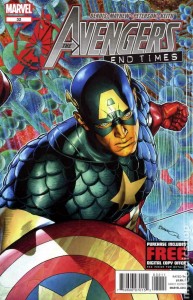
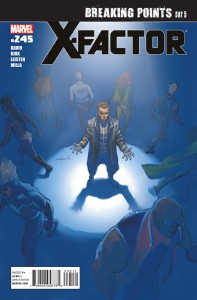
 Podcast RSS Feed
Podcast RSS Feed iTunes
iTunes Google Play
Google Play Stitcher
Stitcher TuneIn Radio
TuneIn Radio Android
Android Miro Media Player
Miro Media Player Comics Podcast Network
Comics Podcast Network